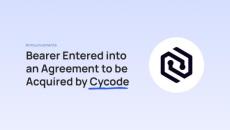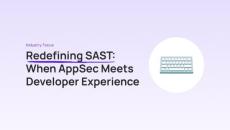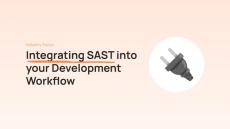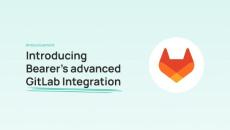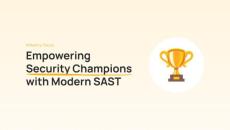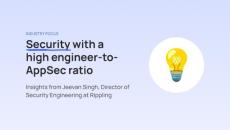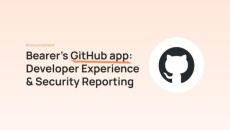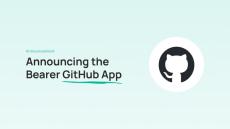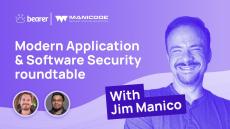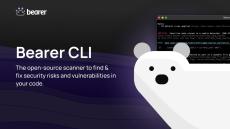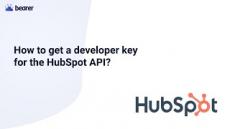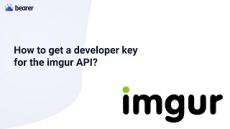|
By Guillaume Montard
We are more than excited for our next chapter ahead to build the industry’s most complete ASPM with the mission to deliver safe code, faster. Follow us on LinkedIn Cycode to continue on our journey. Join our upcoming webinar.
|
By Guillaume Montard
Today, the speed and quality of software delivery are more critical to business success than ever. This highlights the importance of integrating security within the development lifecycle to maintain high velocity. In the ongoing race to extract business value from software and technology, the agility and efficiency of development teams are vital. Static Application Security Testing (SAST) plays a key role in this context, providing a vital tool for secure development.
|
By Guillaume Montard
When it comes to software development, prioritizing security is essential. Static Application Security Testing (SAST) plays a key role in this by thoroughly analyzing your source code to identify potential vulnerabilities. It's like having a constant code reviewer focused on security, ensuring that your application is protected from the earliest stages of development.
|
By Guillaume Montard
We are thrilled to announce the launch of Bearer's advanced GitLab integration! Building on the lessons learned from our successful GitHub App, this integration aims to revolutionize the GitLab experience for our customers, enhancing both the developer and security workflow.
|
By Guillaume Montard
Over the past two decades, as organizations have increasingly strived to integrate security into their development processes, the role of Security Champions has evolved from an informal position to one of strategic importance. They are now responsible for prioritizing security in their projects, leveraging powerful tools like Static Application Security Testing (SAST) to achieve this goal.
|
By Guillaume Montard
Bearer CLI, our free and open code security (SAST) scanner, has now been downloaded over 50,000 times since its launch back in March — this year! Behind this number are represented some key industry trends: Let’s dig in!
|
By Nipun Gupta
Navigating the delicate balance between an expanding number of engineers and the imperative for robust Application Security (AppSec) practices is no small feat. In this interview, we delve into the invaluable perspective of Jeevan Singh, the Director of Security Engineering at Rippling, the #1 workforce management platform. He shares insights and strategies that have allowed him in his career to successfully navigate the intricate maze of security amidst a high engineer-to-AppSec ratio.
|
By Guillaume Montard
Artificial Intelligence (AI) is a hot topic these days, especially across the security industry. There's hardly a day when we don't read about its potential to create an impact on our lives, for better or worse. As a security company, we truly believe in the potential of AI, but we didn't want to jump into the deep end without careful consideration as we followed the buzz with a healthy amount of skepticism.
|
By Guillaume Montard
In our previous blog post, we introduced Bearer’s new GitHub App and highlighted its seamless onboarding process and on-demand scanning capabilities. Today, we focus on how this app can significantly enhance the developer experience within Pull Requests (PRs) while providing critical reporting capabilities to security teams.
|
By Guillaume Montard
We are thrilled to introduce the Bearer GitHub App, a powerful addition designed to streamline your workflow and elevate your security practices.
|
By Bearer
Jim Manico, Guillaume Montard, and Nipun Gupta discuss how the application and software security paradigm has changed in 2023, and what technologies like SAST and code security might look like in the future. Recorded on October 9th, 2023.
|
By Bearer
Discover Bearer in just 60 seconds! Dive into the future of code security with our developer-first SAST solution. Bearer seamlessly integrates with your CI/CD pipeline, ensuring fast, accurate, and super-charged privacy scans for your codebase. Experience the revolutionized potential of SAST that truly understands your security needs. Get ready to redefine what code security can do for you!
|
By Bearer
Get to know the Bearer CLI, a code security scanning tool (SAST) that discovers, filters and prioritizes security risks and vulnerabilities leading to sensitive data exposures (PII, PHI, PD).
|
By Bearer
Hosted by Bearer and originally recorded January 27, 2022.
|
By Bearer
This tutorial demonstrates how to create an OAuth application for use with the HubSpot API. This tutorial covers (i) creating your application; (ii) retrieving your OAuth 2.0 client ID and client secret; as well as (iii) configuring your application scopes and redirect URI.
|
By Bearer
This tutorial demonstrates how to create an OAuth application to use with the Eventbrite API. This tutorial covers (i) creating your application; (ii) configuring the redirect URI with Bearer.sh; as well as (iii) retrieving your OAuth 2.0 client ID and client secret.
|
By Bearer
This tutorial demonstrates how to create an OAuth application for use with the Pinterest API. This tutorial covers (i) creating your application; (ii) retrieving your OAuth 2.0 client ID and client secret; as well as (iii) configuring your application scopes and redirect URI.
|
By Bearer
This tutorial demonstrates how to create an OAuth application for use with the imgur API. This tutorial covers both (i) creating your application; as well as (ii) retrieving your OAuth 2.0 client ID and client secret.
|
By Bearer
This tutorial demonstrates how to create a project in Google Cloud Console for use with the Google Calendar API. This tutorial covers (i) creating your application; (ii) retrieving your OAuth 2.0 client ID and client secret; as well as (iii) configuring your application scopes.
- March 2024 (1)
- February 2024 (1)
- January 2024 (3)
- December 2023 (3)
- November 2023 (2)
- October 2023 (4)
- September 2023 (4)
- August 2023 (3)
- July 2023 (4)
- June 2023 (5)
- May 2023 (3)
- March 2023 (3)
- January 2023 (3)
- November 2022 (3)
- October 2022 (1)
- August 2022 (6)
- July 2022 (3)
- June 2022 (2)
- May 2022 (1)
- April 2022 (3)
- February 2022 (3)
- January 2022 (3)
- December 2021 (6)
- November 2021 (1)
- June 2021 (2)
- May 2021 (5)
- April 2021 (2)
- March 2021 (2)
- February 2021 (2)
- January 2021 (3)
- December 2020 (3)
- November 2020 (4)
- October 2020 (4)
- September 2020 (7)
- August 2020 (4)
- July 2020 (4)
- June 2020 (4)
- May 2020 (4)
- April 2020 (4)
- March 2020 (7)
- February 2020 (8)
- January 2020 (10)
- December 2019 (7)
- November 2019 (1)
- October 2019 (10)
- September 2019 (1)
Bearer helps companies automate GDPR compliance by implementing Privacy by Design into their product development processes.
We bridge the gap between Engineering & Privacy so that organizations can build privacy-first products, comply with privacy laws, and leverage it as a competitive advantage to drive their business.


